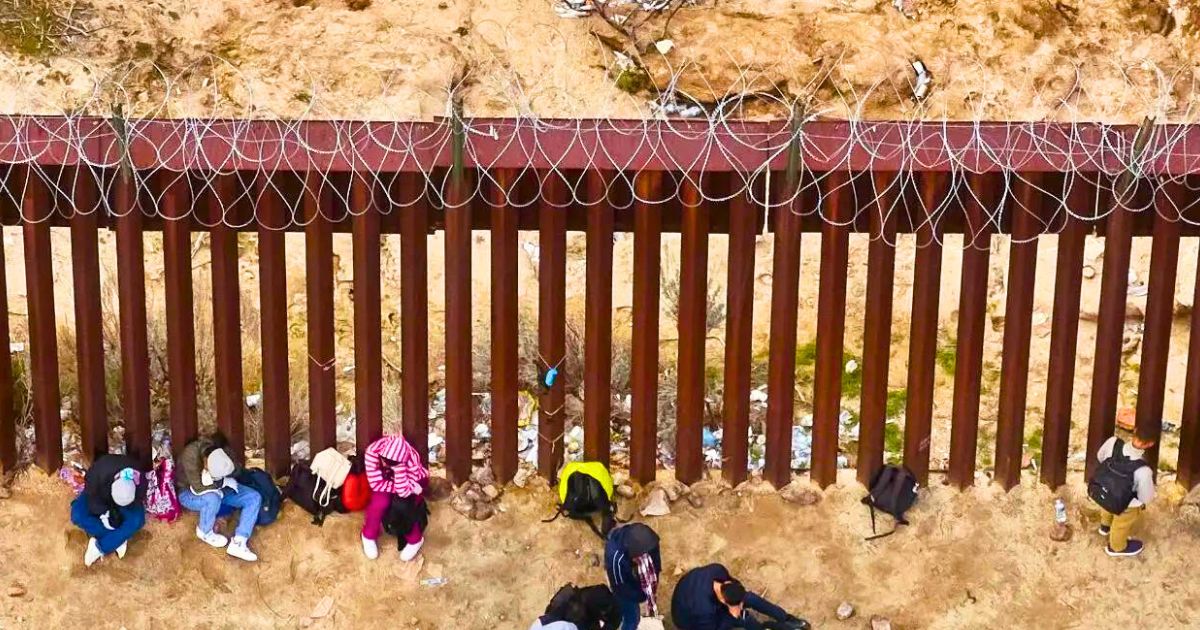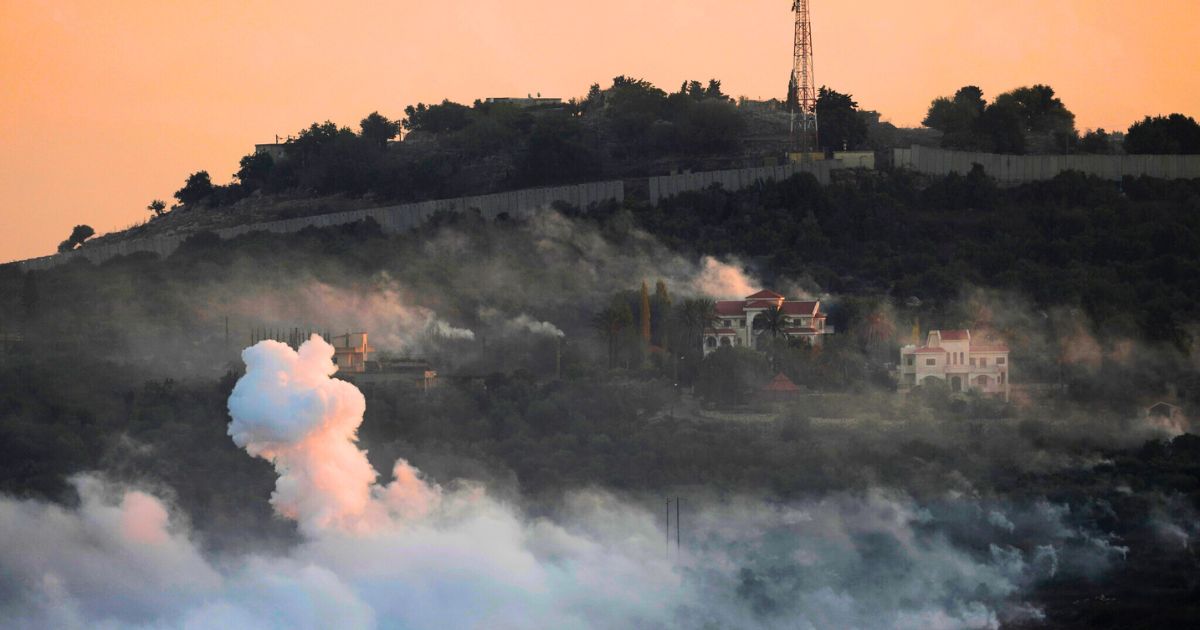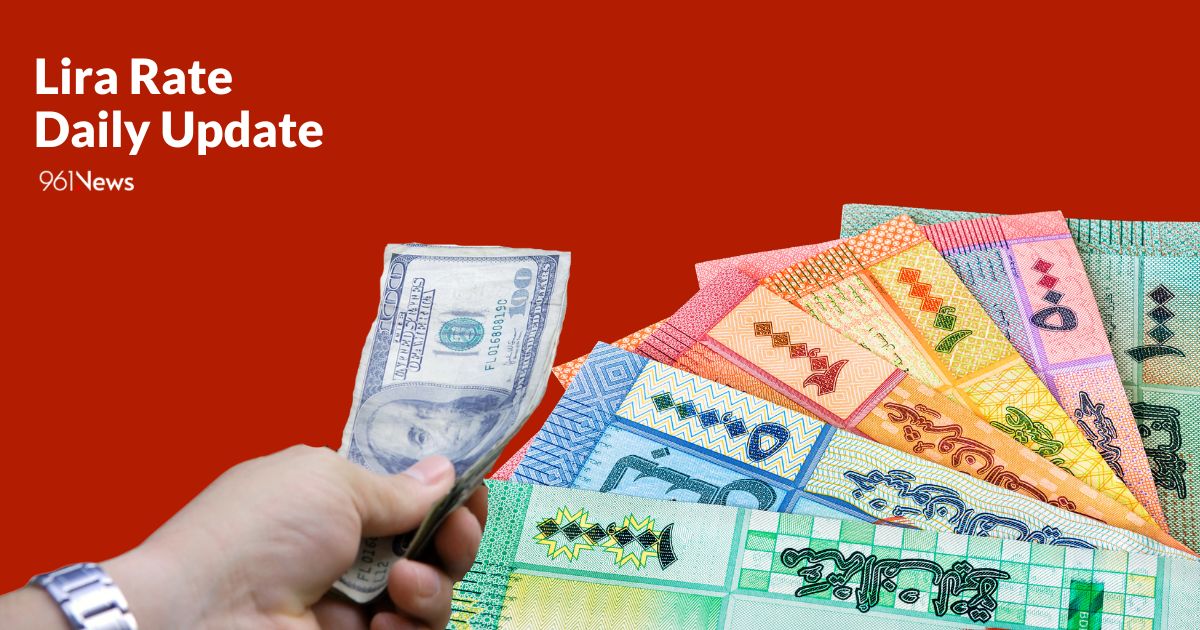Money, as we know it, works as a medium of exchange, in part because its value is mutually agreed on in transactions. Lebanon is now reckoning with the economic consequences of when this is no longer true.
It has been a long time since Lebanese people knew the actual value of their money. There are, at least four vastly different exchange rates at which the Lebanese pound (LBP) is exchanged into U.S. dollars (USD).
The result is a daily struggle with misery, losses, and absurdity.
In order to explain the drop in the value of the Lebanese Lira, a dive into its history and important stages, based on the Central Bank’s data, is important.
Lebanon’s Currency Under The French Mandate
Ottoman domination of Lebanon, which lasted for more than four centuries, was brought to an end on October 6, 1918, with the entrance of the Levant Marine Division in Beirut.

The used paper money by the Turkish Treasury, issued with a forced exchange rate, suffered the same fate.
In order for the Allied Forces to normalize economic life in Lebanon and cover their expenses, English authorities imposed the banknote of the National Bank of Egypt.
The Egyptian currency has been, since October 30, 1916, closely linked to the sterling and entirely covered by securities issued in sterling.
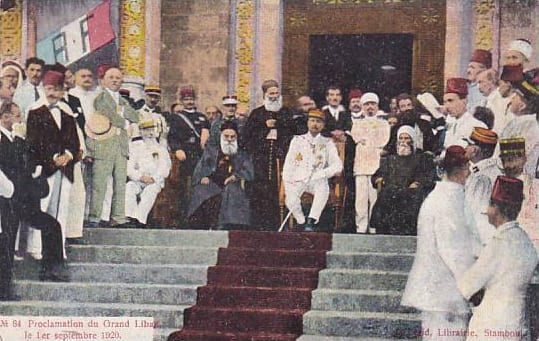
On September 1, 1920, the representative of France proclaimed Great Lebanon. The Bank of Syria was granted the concession of issuing the Syrian currency, which became legal tender on May 1, 1920.
Banknotes issued by this bank were reimbursable to the bearer or at sight by checks drawn on Paris, at the rate of FF 20 for 1 Syrian pound.
As a consequence, an independent currency-issuing department was established at the Bank of Syria. It was responsible for putting in circulation and withdrawing banknotes.
The Concession Of Issuing A Lebanese-Syrian Pound

On January 23, 1924, under the chairmanship of General Weygand, a convention was signed between the French, the Lebanese, and the Syrian governments. According to this convention:
- The bank of Syria became the Bank of Syria and Great Lebanon, with a concession to issue the currency for a 15-year period, starting April 1, 1924.
- The currency unit, the Syrian pound, became the Lebanese-Syrian pound, equivalent to FF 20.
- Two series of banknotes of the same type were created, one in the name of Great Lebanon and the other in the name of Syria. However, the Bank was empowered to issue any of the banknotes on each territory, with free circulation in both countries.
The Convention Of May 29, 1937

The Convention of January 23, 1924, was to expire on March 31, 1939. Meanwhile, the political status of the signatory states had changed.
On November 1936, a treaty of friendship and alliance was signed between France and Lebanon for a 25-year period.
As a result of successful negotiations between Lebanon and the Bank about the renewal of the concession to issue the currency for a 25-year period, the convention of May 29, 1937, was ratified on June 7, 1937.
Following are the most important points of this Convention:
- The Lebanese currency is the only legal tender in Lebanon. The public authorities commit themselves to maintaining its parity against the French currency. The currency unit is the Lebanese pound, equivalent to 20 francs.
- Starting January 1, 1940, the banknotes issued under the Convention of January 23, 1924, were to be replaced by special banknotes marked “LEBANON”.
A New Monetary Era Starts – 1944


In 1943, a new era of monetary independence started in Lebanon as a consequence of the newly-obtained political independence.
In 1944, talks started between the British government and the French Committee for National Liberation concerning a devaluation of the franc against the sterling.
In order to avoid a depreciation of the Lebanese and Syrian pounds, the French-English-Lebanese-Syrian Protocol was signed in Damascus on January 25, 1944.
It set the parity of the Lebanese pound at £1 = LBP 8.83 = FF 176.60, a rate that could not be modified without prior consultation with the Lebanese and Syrian governments.
Lebanon Joining The IMF And The World Bank

On April 22, 1947, Lebanon became a member of the International Monetary Fund (IMF) and of the World Bank.
Article 4, Section (a) of the IMF Articles of Agreement stipulated that each member should set the parity of its currency in relation to gold, or to the dollar rate on July 1, 1944.
Hence, Lebanon informed the IMF Managing Director in 1947 that its national currency, the Lebanese pound, was pegged to the French franc by virtue of the 1937 Agreement, which grants the Bank of Syria and Lebanon the concession to issue the Lebanese pound.
Thus, the parity of the Lebanese pound was to be expressed in gold, taken as a common denominator, or in the US dollar based on its rate of July 1, 1944.
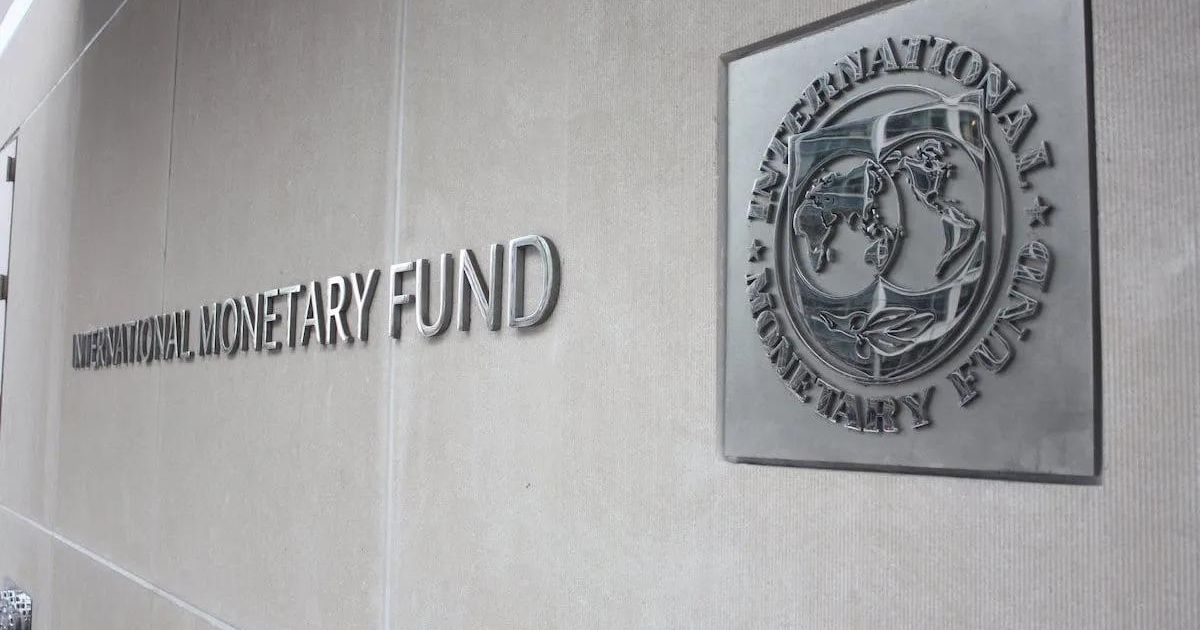
In accordance with the agreements of January 25, 1944, the Lebanese pound was equivalent to FF 54.35, whereas the Franc parity declared to the IMF was 7.46113 mg of gold and FF 119.10669 for one dollar.
Thus, the parity of the Lebanese pound was set in gold at: 54.35*0.00746113 = gram 0.405512 and in dollars at 100/2.19148 = cents: 45,6313
The French Franc Coverage of The Lebanese Currency Comes to an End – 1948
On January 24, 1948, the Lebanese and French governments signed a monetary agreement in which Syria refused to participate.
Under this agreement, the official rate of the Lebanese pound was the rate declared to the IMF.
Then, due to the Syrian opposition to the Agreement and to the severance of the customs union between both countries, the Lebanese pound became independent from the Syrian pound.


In the next step, Lebanon created the Foreign Exchange Office, a control body attached to the Ministry of Finance.
Controlling exchange operations was limited to some hard foreign currencies, with a free exchange for other currencies, but these restrictions were gradually removed by the government.
With this Agreement, the coverage of the Lebanese currency in the French franc came to an end.
Lebanon Establishes Its Central Bank: Banque Du Liban – 1963-1964

The Banque du Liban (BDL) was established by the Code of Money and Credit promulgated on the 1st of August 1963, by Decree no. 13513. It started to operate effectively on 1st April 1964.
The BDL is vested by law with the exclusive right to issue the national currency.
As stipulated by article 70 of the Code of Money and Credit, the BDL is entrusted with the general mission of safeguarding the national currency in order to ensure the basis for sustained social and economic growth.
This mission consists of safeguarding the monetary and economic stability and soundness of the banking sector. Development and regulation of money transfer operations, including electronic transfers.
Lebanon’s Banking Crisis and the Collapse of the Lira – 2019
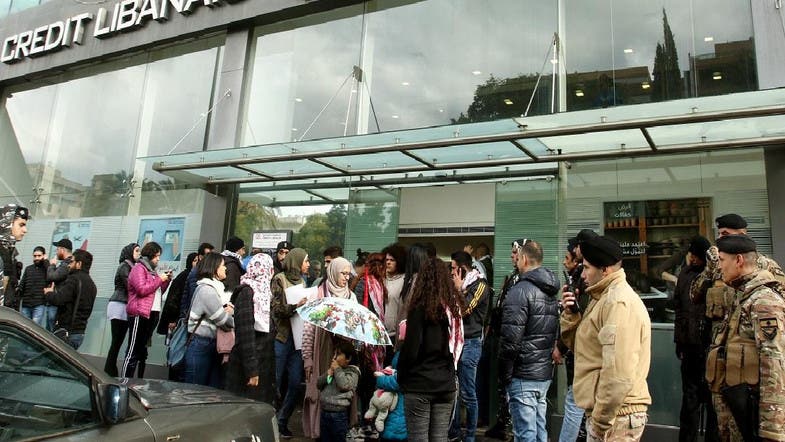
Since 2019, Lebanon has been going through multiple shocks, starting with the liquidity crisis that erupted at the end of 2019.
It was followed by the decision to discontinue payments on all its outstanding US dollar-denominated Eurobonds in March 2020. Banks imposed their capital control, which uncovered a severe hidden banking crisis.
The Covid-19 pandemic came to impose lockdowns as of the second quarter of 2020, impacting the economy. The port of Beirut exploded on August 4th of 2020, further impacting the country’s economy and most sectors, with major destruction in the Lebanese capital.
It triggered angry protests leading to the resignation of the government.
Where Did It Go Wrong?
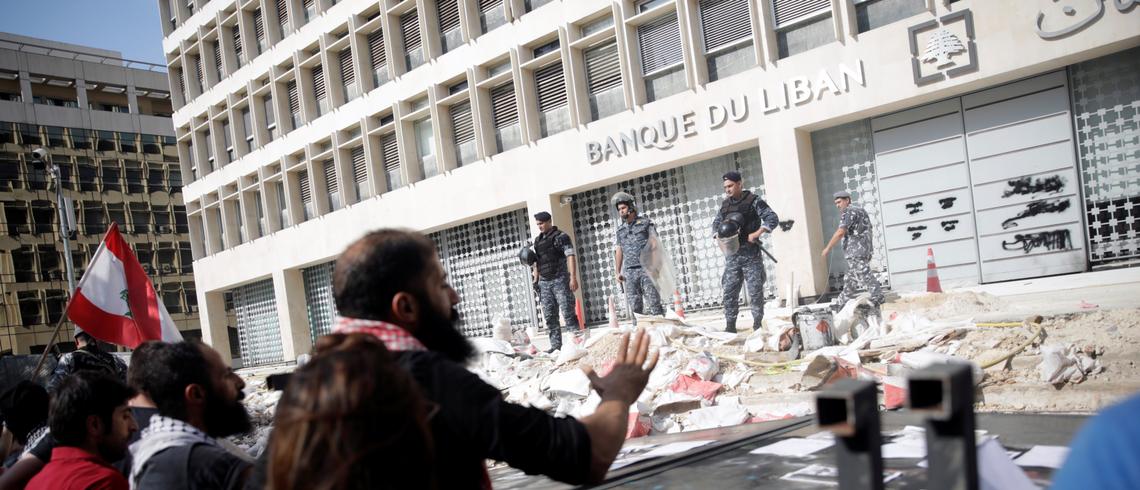
Lebanon’s financial collapse since 2019 is a story of how a vision for rebuilding a nation once known as the “Switzerland of the Middle East” was derailed by a lack of management as a sectarian elite borrowed with few restraints.
Downtown Beirut, leveled in the civil war, rose up, with skyscrapers built by international architects and big shopping malls filled with designer boutiques that took payment in dollars or Lebanese pounds.
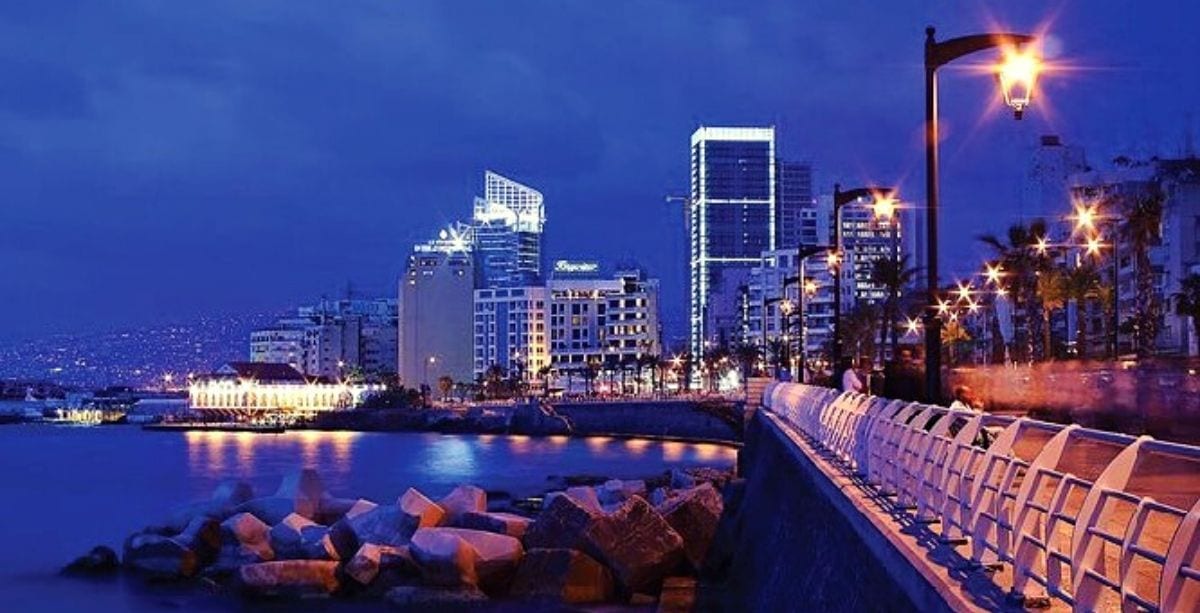
But Lebanon had little else to show for a huge debt equivalent to more than 150% of the national output, one of the world’s highest burdens. Its electricity plants can’t deliver 24-hour power and Lebanon’s only reliable export is its human capital.
What Triggered The Collapse?
When the state needed to reign in spending, politicians splurged on a public sector pay rise before the 2018 elections. And the government’s failure to deliver reforms meant foreign donors held back on the billions of dollars in aid they had pledged.
The final spark for unrest came in October 2019 with a plan to tax WhatsApp calls. With a big diaspora and Lebanon’s low tax regime skewed in favor of the rich, slapping a fee on the way many Lebanese communicated was disastrous.

Mass protests, driven by a disenchanted youth demanding change, erupted against a political elite, including aging militia leaders thriving while others struggled.
Banks no longer had enough dollars to pay depositors, so they shut their doors. The government also defaulted on its foreign debt.
The currency collapsed, sliding from 1,500 LL to the dollar before the crisis, to a black market rate of about 23,000 LL in late January 2022, after hitting 34,000 LL earlier this month.

Compounding problems, an explosion in August 2020 at Beirut port killed hundreds of people, injured thousands, and caused billions of dollars in damages.
After a rapid economic contraction, government debt by some estimates was 495% of the gross domestic product in 2021 – far more than levels that crippled some European states a decade ago.
On October 2021, a 2016 IMF report forecasting Lebanon’s disaster was revealed as reportedly censored by the Central Bank of Lebanon.
In 2021, the “Lollar” became a commonly used term by the Lebanese to indicate their country’s double-edged currency using both the Lebanese Lira and the US dollar.
By May of 2022, the Lebanese Transparency Association (LTA) introduced it as the “Lollar – Currency of Corruption.”

As of yet, none of the crises has been solved, no reforms have even started, and no indications of solutions for the near future.
The glory of the Lebanese Lira seems at this stage buried deep in a past far gone.
Related:
U.S. Citizens Just Filed A Lawsuit Of ‘Ponzi Scheme’ Against Lebanese Banks & BDL.
The Euro Drop Explained, Here Is Lebanon’s Part Of This Overseas Crisis.

